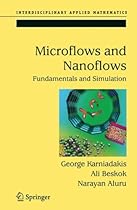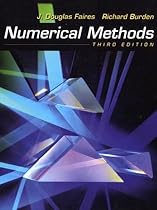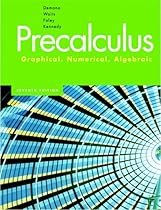
Microflows and Nanoflows: Fundamentals and Simulation (Interdisciplinary Applied Mathematics)
By George Karniadakis, Ali Beskok, Narayan Aluru
In the last few years there has been significant progress in the development of microfluidics and nanofluidics at the application as well as at the fundamental and simulation levels. This book provides a comprehensive summary of these changes describing fluid flow in micro and nano configurations. Where as in their previous book entitled Microflows: Fundamentals and Simulation the authors covered scales from one hundred nanometers to microns (and beyond), in this new book they discuss length scales from angstroms to microns (and beyond). While still maintaining the emphasis on fundamental concepts with a mix of semianalytical, experimental, and numerical results, this book outlines their relevance to modeling and analyzing functional devices.
The text has been divided into three main subject categories: gas flows; liquid flows; and simulation techniques. The majority of the completely new developments in this book are in liquid flows and simulation techniques chapters with modified information throughout the rest of the book.
This book can be used in a two-semester graduate course. Also, selected chapters can be used for a short course or an undergraduate-level course. The book is suitable for graduate students and researchers in fluid mechanics, physics, and in electrical, mechanical and chemical engineering.
Review of earlier volume:
Applied Mechanics, 2002: "Among recent books that addressed the physics of micro devices, the present one ... is perhaps the best of the bunch. ... Microflows: Fundamentals and Simulation has a lot to offer and is certainly recommended as a good place to start for MEMS students interested in flow physics."
See Number Systems Book at Math Textbook aStore.






